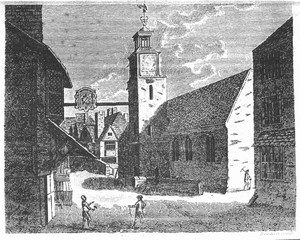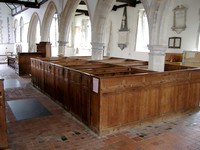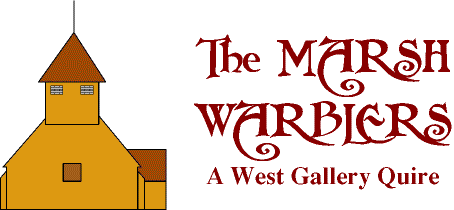
| 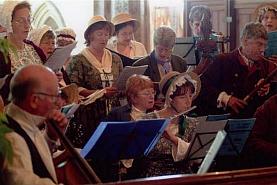
| 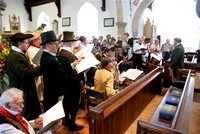
| 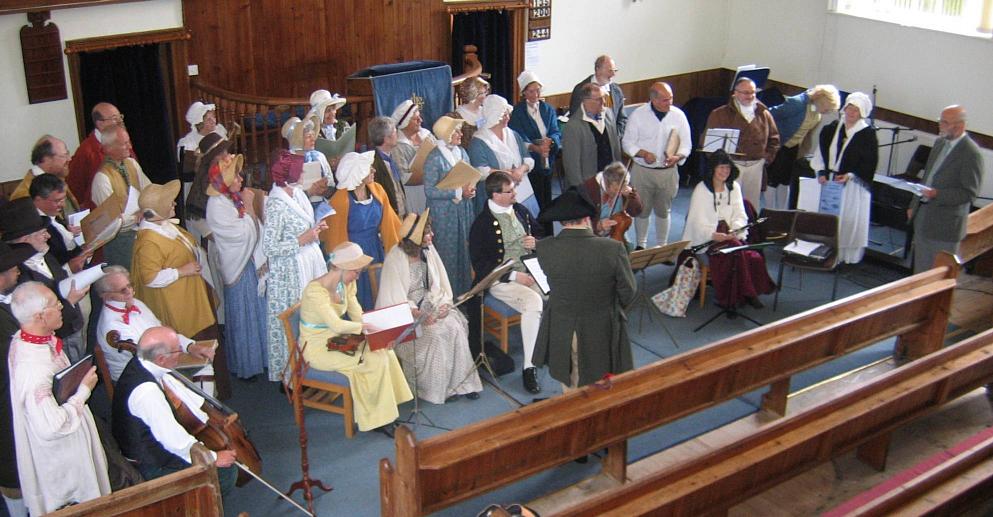
| 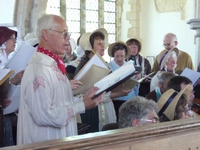 |
Home Page : Contact : Diary of Events : West Gallery Music : Composers : Recordings : Pictures : Research : Links | ||||
|
Henry Tolhurst of Langley, near Maidstone (1778-1814) Henry was the youngest of four children born to John and Sarah Tolhurst of Langley, a small village about 5 miles southeast of Maidstone. There were many branches of the Tolhurst family in the area, mostly farmers and labourers. Henry married Ann Sweetlove in August 1798 when he was only 20 years of age and it is most likely that he met her through his interest in music as the Sweetlove family of the neighbouring parish of Leeds were quite musical. Ann's father, Thomas, subscribed to John Barwick's first book "Cantica Harmonia Divina" (Kentish Divine Harmony), published in 1783 so it is likely that he sang or played an instrument in the church choir at Leeds. Not far away in Pluckley, a James Sweetlove (possibly related) was paid £1 in 1819 for "pricking tunes" ie copying music from a printed book into a manuscript music book for the church choir there. 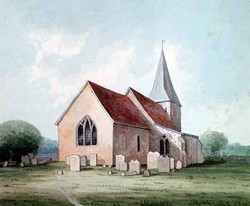 St.Mary, Langley Henry and Anne's first son, William Henry, was baptised in Langley only three months after the wedding (!) and the family must have then moved to neighbouring Leeds, possibly lodging with relatives, as their next two children were baptised in Leeds parish church in 1802 and 1804. It was at this time that Henry published his first collection of "Six Psalms and Six Anthems". The Advertisement for it and a request for subscribers appeared in the Maidstone Journal on 17th November 1801, announcing its publication on New Year's Day 1802. Subscriptions were to be sent to the printer Mr Weller of Oxford Street in London, Mr Bristow of Canterbury, Mr Pecham of Lewes in Sussex, and two "Musicians" - probably also the proprietors of music shops - Mr.Tyrell of Maidstone, and Mr.Farmer of Chatham. For a young man of about 23 he had clearly been "networking" and contacted people with the appropriate musical connections. The title page, however, claimed that he was of the neighbouring parish of Chart Sutton. The advertisement also stated that a Magnificat and Nunc Dimittis were also to be published in the "near future". Subscribers were from all over Kent with a few from Sussex (Beckley and Lewes) such was the thirst for new church music at that time amongst country choirs. Choirs at Ightham, Stroud, Wateringbury, Hollingbourn, East Sutton, East Farleigh and Sutton Valence also subscribed for copies and several of Tolhurst's anthems from this publication appear in surviving manuscript books from Beckley and Catsfield churches in Sussex. This first volume was dedicated to W(illiam) Baldwin Esq of Harrietsham Place (later called Stede Hill) and Tolhurst's skills as a musician or singer must have been well known in the area and impressed this gentleman, for him to allow his name to be used.
On 15th November 1803, another advertisement appeared in the Maidstone Journal notifying the public that a "second set of Six Anthems" was to be published and requesting subscribers to pay their subscriptions before January 1st. He must have been happy with the success of "Six Psalms and Six Anthems" because, ignoring the Maginificat and Nunc Dimittis, this collection carried the subtitle "Church Music Book 2d" on its cover. Some years later, however, presumably when the first print run had been sold, the publishers, Goulding D'Almaigne re-engraved the title page plates and re-issued them, numbering the Mag and Nunc as the "2nd book" and the original 2nd book of Psalms and Anthems and the "3rd Book." However, nothing more was published until 1807, when it seems likely that Henry was finding it difficult to support his growing family, as he left Leeds and was recorded as a defaulter in the rate-book. On 28th June, he advertised "Church Music Book 4th" which contained Nine Psalms and Three Anthems. The advertisement reveals where he had moved to, presumably hoping for better prospects. It read: "The Music may be had at Mr.Moor, Wren's Cross, Maidstone; and of the Author at Deal, at 5s per book". In fact, he must have left Leeds early in 1807 because another son, Charles Frederick, was baptised in April of that year in St.Leonard's church, Deal. In October, a second notice appeared in the newspaper, advertising this volume at "ONE SHILLING per copy under the stated price, till Christmas Day next". Was this just a clever bit of advertising or was the book not selling as well as expected? Probably the former because a year later, he was advertising "NEW CHURCH MUSIC, 5th Book" which contained four psalms, four hymns and four anthems, price eight shillings. This marked a step up in the world because his work was getting to a much wider audience; in addition to being sold by booksellers in Kent and Sussex, it was printed and sold at BLAND & WELLER's Music Warehouse, No.23, Oxford Street, London. This distributor also stocked his other collections, and no doubt because of this, a copy of his Church Music Book 5th found its way to a church choir in Dorset and is now in the Dorset County Museum. There is no evidence that he had any other occupation, so he may have been trying to support a growing family from the proceeds of his music, and possibly taught choirs and private pupils. It is likely that he returned to Maidstone soon after 1808 as this was where he was known well and he died there in May 1814 at the young age of 36. However, his body was brought back to Langley to be buried near his parents (tombstone as yet undiscovered). He had obviously become a local celebrity as his funeral on 13th May 1814 was quite an event, the following obituary appearing in the Maidstone Journal on 24th May:
Music files (MP3):
|

